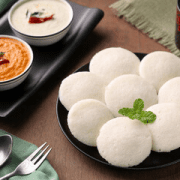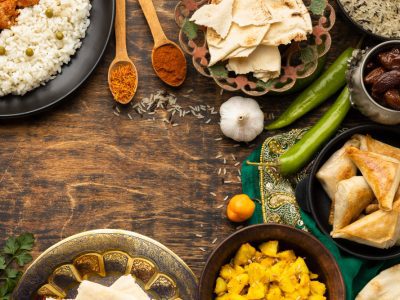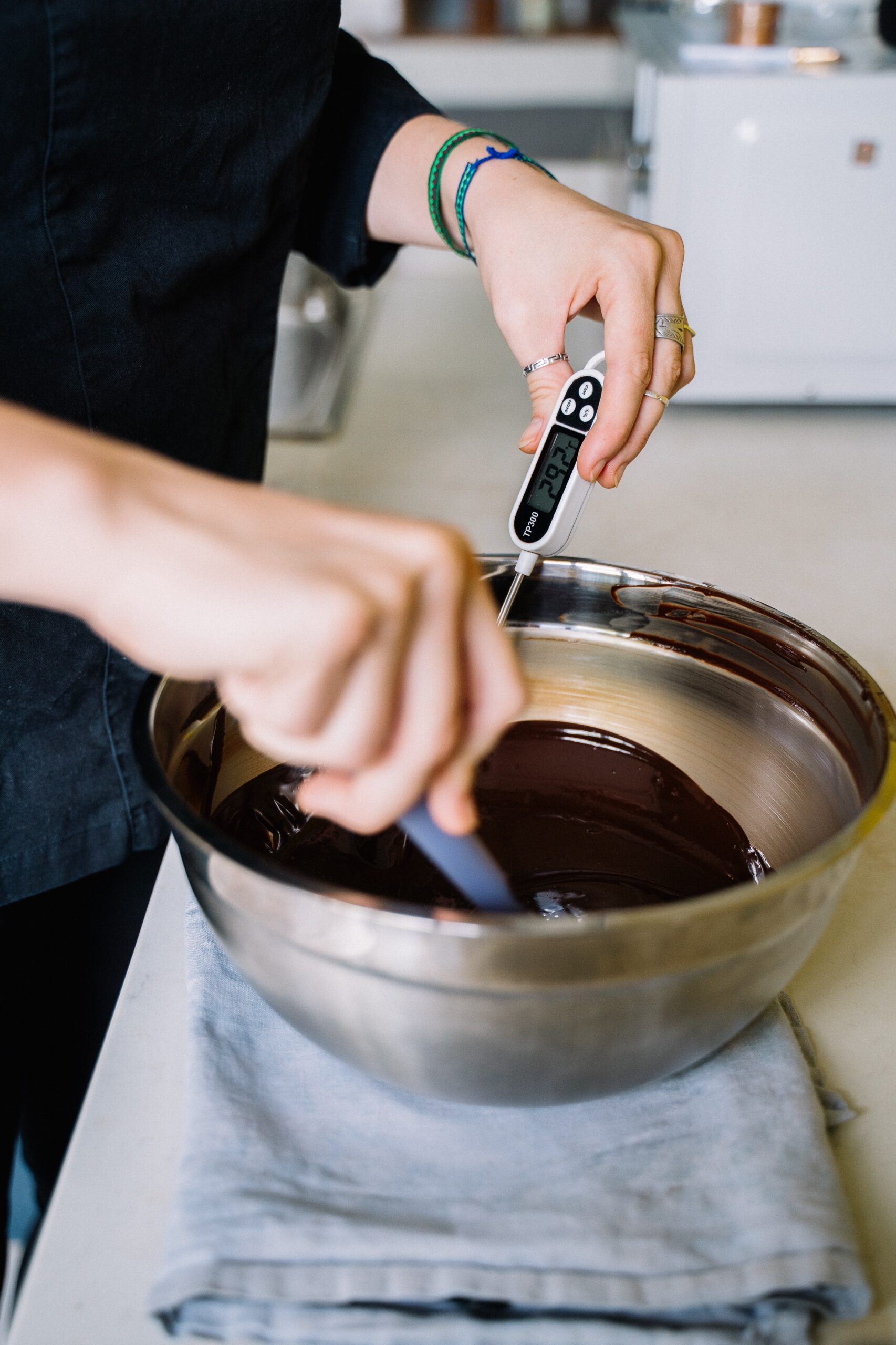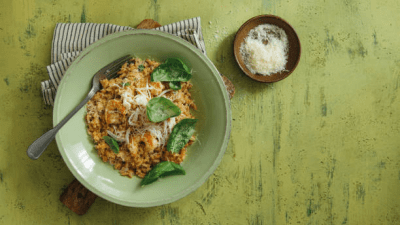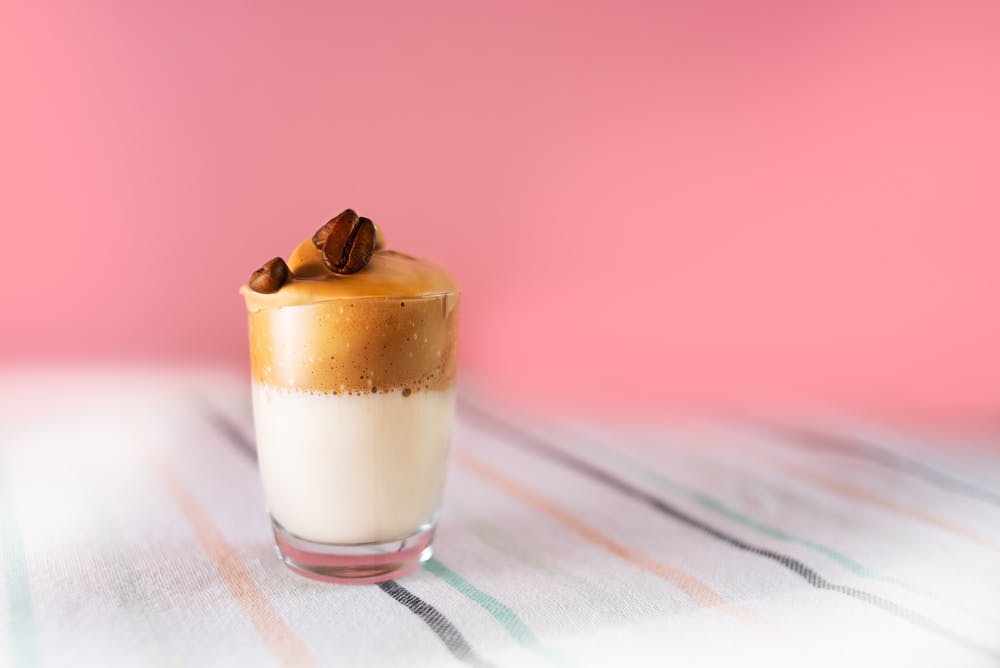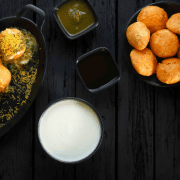For centuries, millets have been a key ingredient in Indian cuisine where they are sometimes referred to as ancient grains. Such small seeded grasses like ragi, bajra, and jowar are highly nutritious but can also be used in a variety of ways while cooking. Today, millets are making a roaring comeback in Indian kitchens due to concerns of health and sustainability. In this blog post, let us look at the health benefits of millets and how you eat them daily using different recipes of millet that can be found in India.

The Nutritional Powerhouse of Millets
Millets are packed with nutrients hence they qualify as healthy grain superfoods. This is what makes them so great:
Nutrient-Rich:
Irons, calcium’s, magnesium’s and B vitamins which are important for overall maintenance if the body is healthy plus sustaining strength of bones; immunity boosting capabilities.
High levels of Fibre:
One feature that distinguishes millets from other crops is their rich dietary fibre content. Among other things it promotes gut health by helping with bowel movements to avoid constipation thus creating a good gut environment. Moreover, fibre intake from millet aids in controlling blood sugar levels since it is slowly digested thus ideal for people with diabetes type 2.
Gluten Free and Hypoallergenic:
People whose bodies don’t tolerate gluten or those suffering from celiac diseases would find eating millet products beneficial because it does not contain any wheat or gluten containing seeds. Hence people who exhibit allergies towards food could eat them provided they do not react when they take them.
Low GI:
Millet has a low glycemic index which means that its consumption leads to slow increase in blood sugar levels. This aspect helps control hunger pangs among dieters and obese people who want to lose some weight since overeating often develops when we feel hungry frequently.
Healthy Heart:
They contribute to the health of the heart because they contain magnesium and potassium that are required by the heart for blood pressure regulation. Additionally, millets have high antioxidants levels which prevent inflammation as well as oxidative stress associated with cardiovascular diseases.
Environmentally friendly:
Millets are not only good for human beings but also the environment. They are highly drought resilient and can be grown with little water in arid regions thus requiring fewer inputs compared to popular cereals such as wheat or rice.

Culinary Uses of Millets in Indian Cuisine
In India, millet is referred to as one of those staple food items that have been produced locally since time immemorial specifically in rural communities. This has made them very versatile since they can be used in a range of dishes including breakfast till dinner. Here are some common ways of using millets when it comes to millet recipes in India:
- Roti and Bread: The flour from grains such as pearl millet (bajra) and jowar is commonly made into dough for making rotis or bhakris – traditional Indian breads. These breads are chewy, hearty and grainy; hence they go along well with curries and vegetables.
- Porridge and Upma: Ragi flour is used to make porridge, traditionally sweetened with jaggery or spiced up. The other two kinds of millet that are more often put into use while cooking upma include foxtail millet and barnyard millet which constitutes a healthy start to your day besides being savoury food constituting vegetables combined with spices.
- Rice Alternative: A substitute for rice can be made from millets. For example, you can replace rice with boiled little millet or kodo millet and dishes will have the same consistency but other health merits. This switch is particularly useful for those interested in reducing their carbohydrates without losing out on taste.
- Fermented Food: Some of the popular fermented millets recipes in South India include Ragi mudde which is a kind of dumpling or dosa. These dishes become even more advantageous due to fermentation which not only improves the taste and texture but also increases the bioavailability of nutrients.
- Snacks and Desserts: Additionally, millets are utilised in traditional snacks as well as sweets. Bajra and jowar are sometimes popped like popcorn or used to make savoury snack foods such as chivda. In producing laddus along with other sweet stuff ragi is often utilised offering a healthier option as compared to customary desserts.

In Conclusion:
Millets aren’t just trendy health food- they are nutritionally rich, environmentally sustainable, culturally significant staples that have weathered time. Including Millets regularly in your diet is one way of making it healthier whether you want to improve your digestive system, blood sugar levels control or simply experiment with some culinary cultures new to you. As we rediscover the value of these ancient grains, millet recipes in India have potential to serve an important function within modern diets by bridging traditional wisdom with current health concerns. Welcome the versatility and advantages that come along with using millets, feel good on your health and environment alike!
Also Read- Fusion Desserts: Mixing Indian Sweets with Western Flavours

